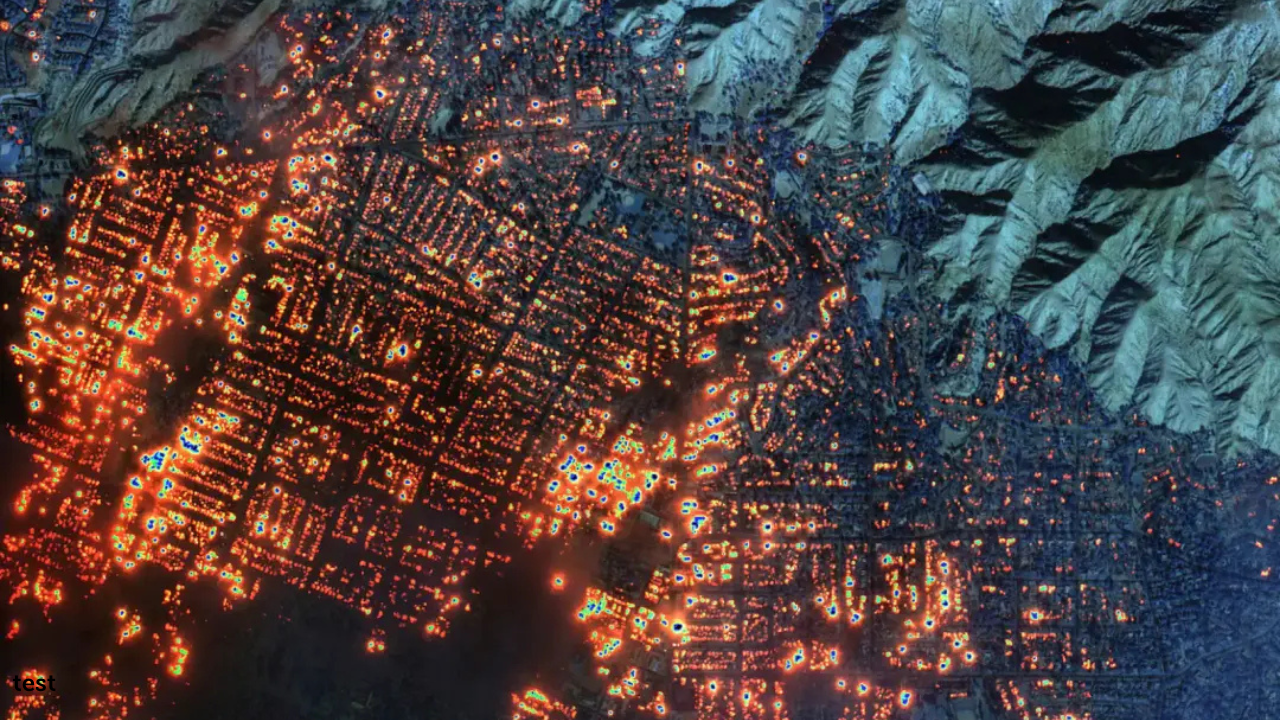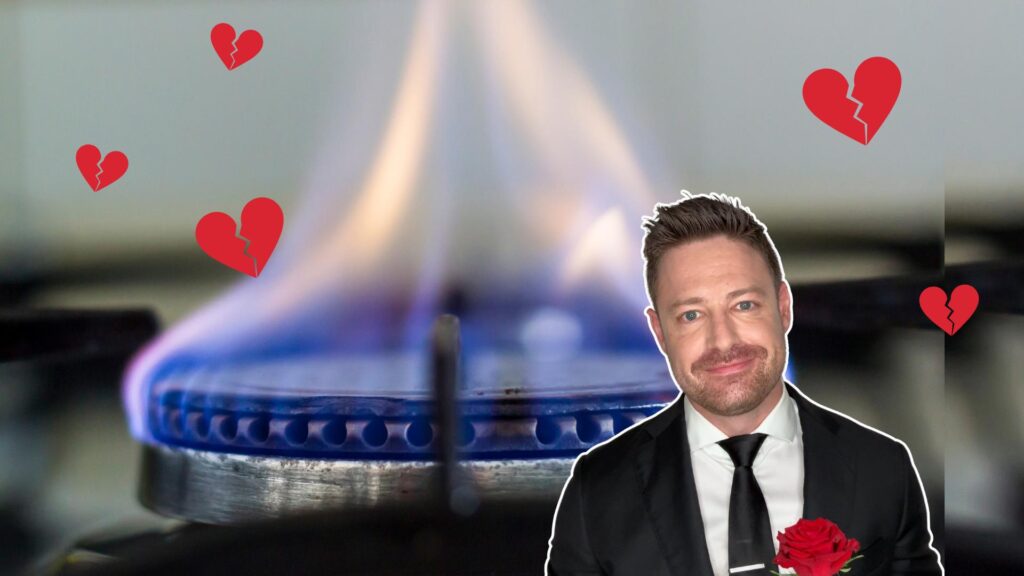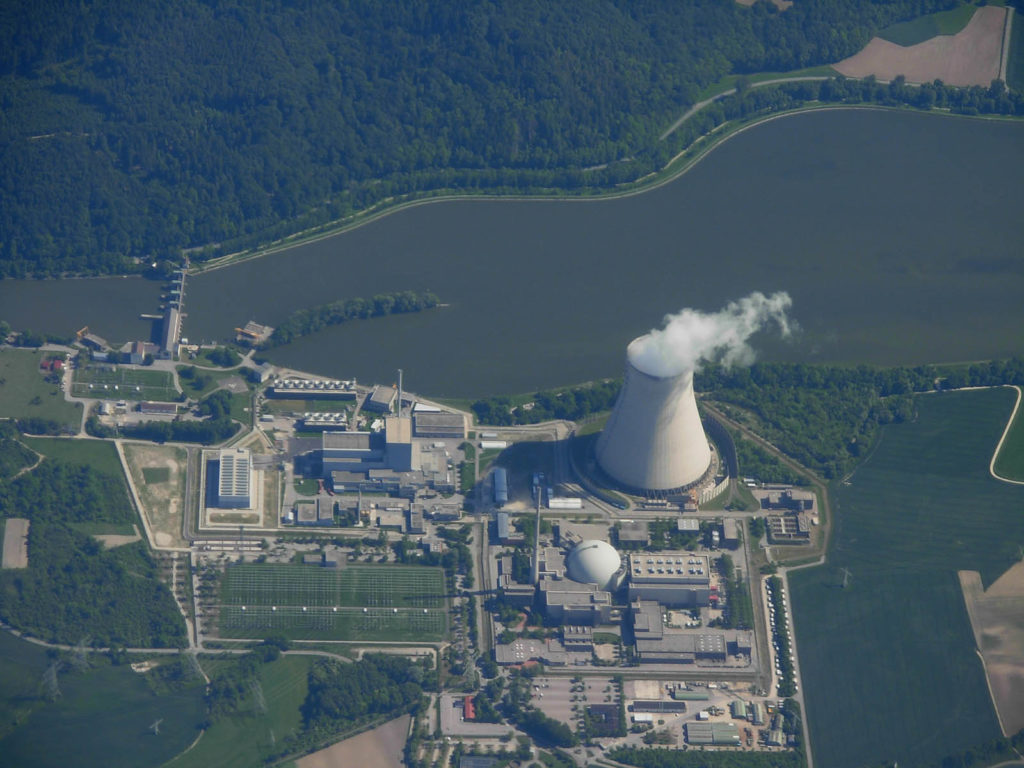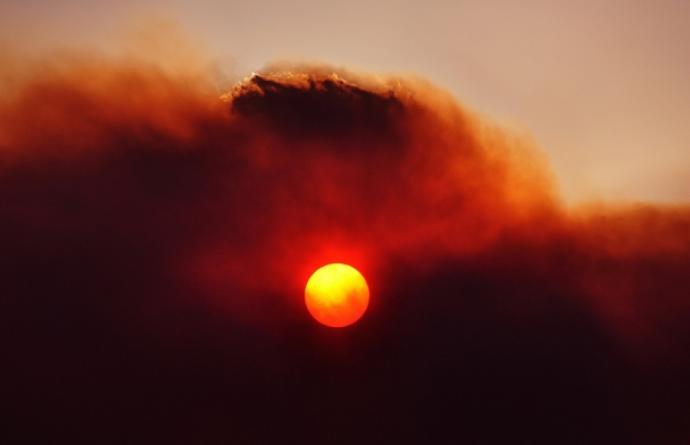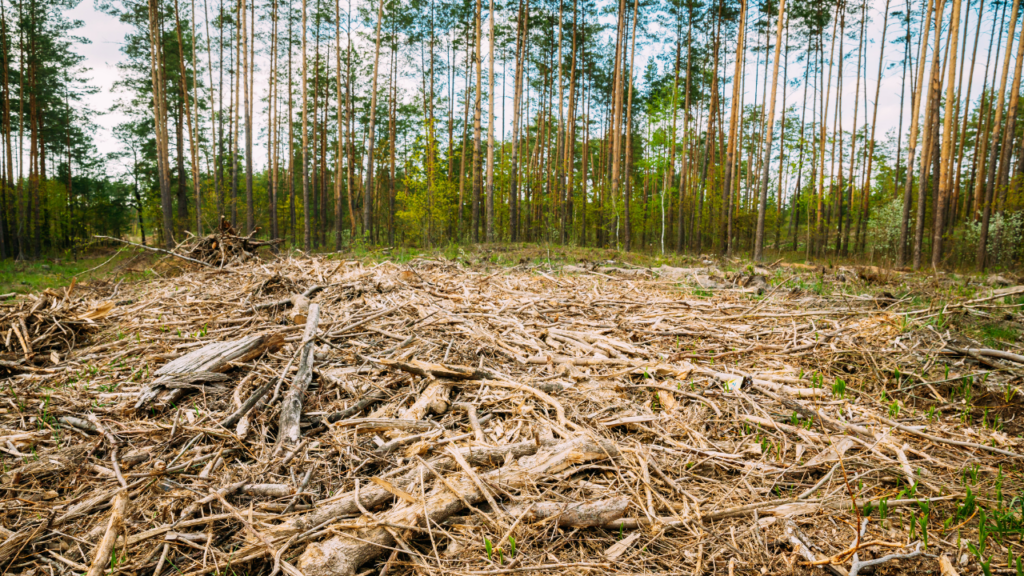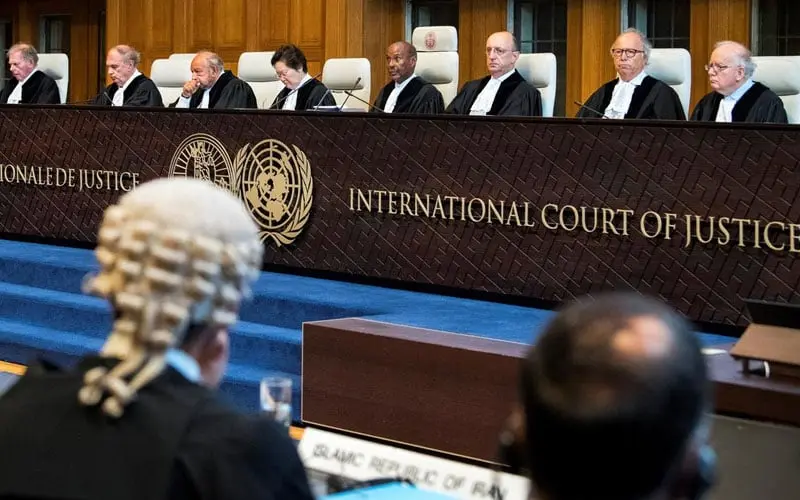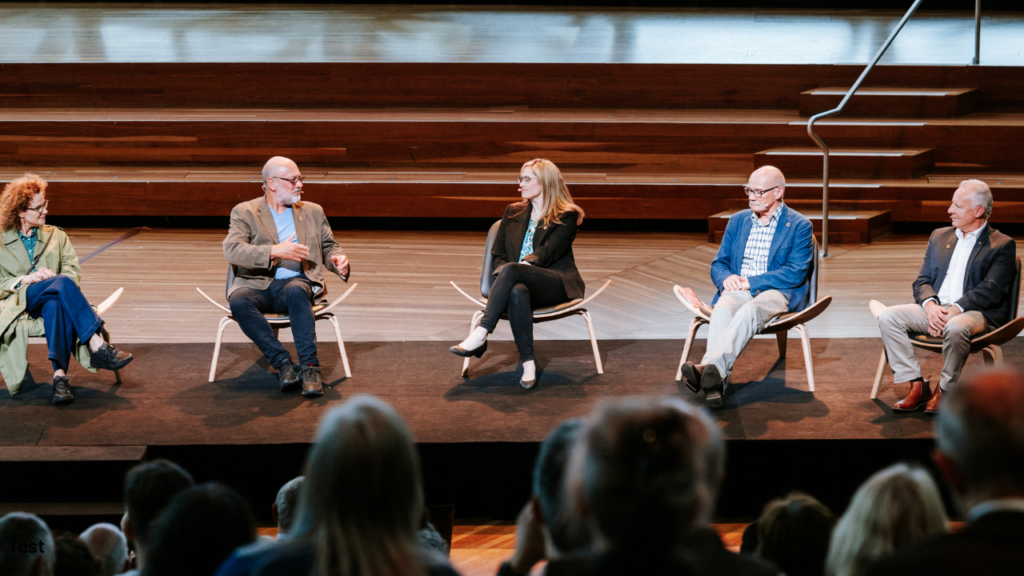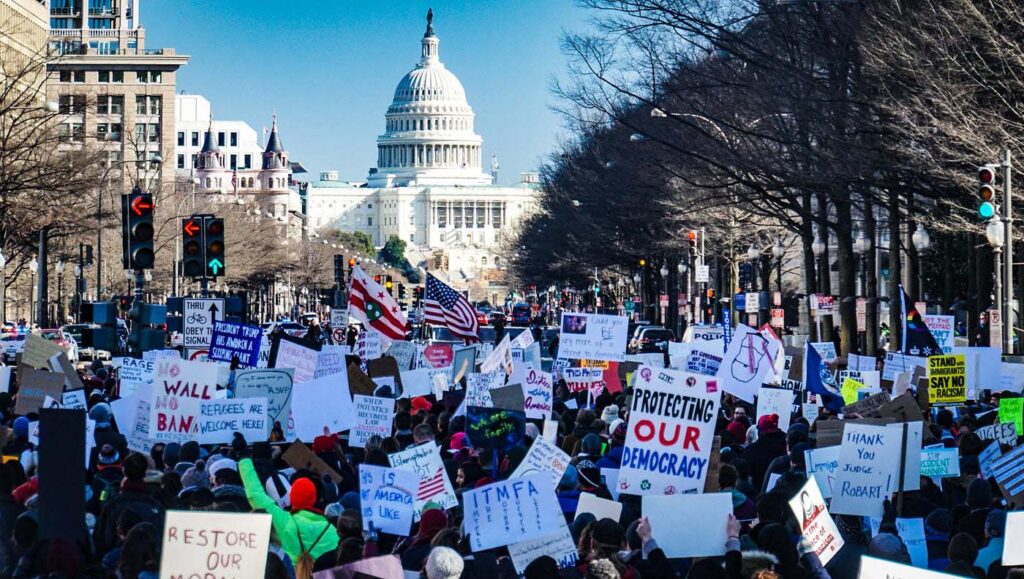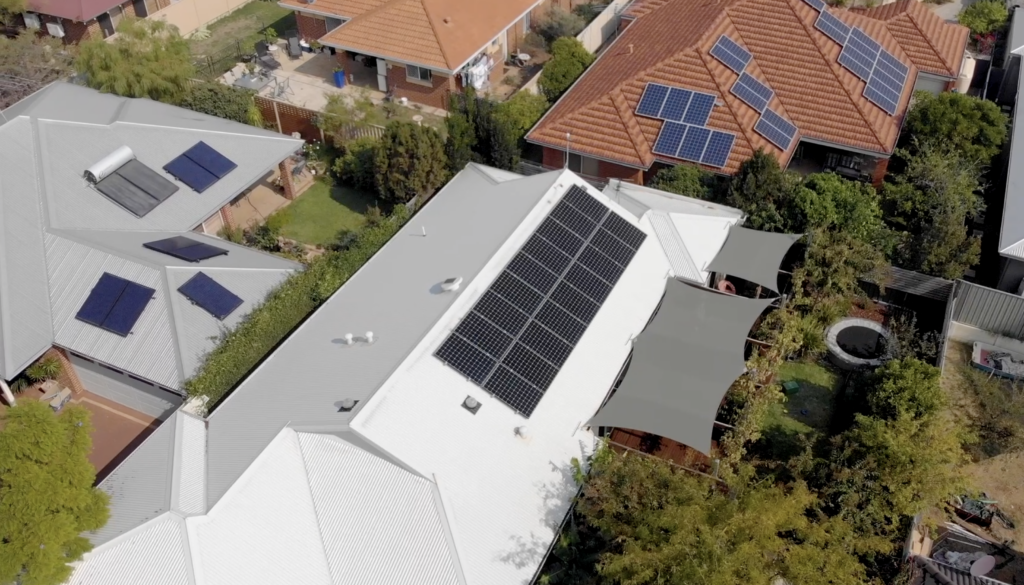What’s happening in Los Angeles is a catastrophe: LA residents are the latest victims of a worsening climate crisis.
What the people of California are facing is tragic. Our thoughts are with those who have lost, those who are grieving, and with the firefighters who continue to selflessly put their lives on the line to save people and property while the terrifying Santa Ana winds drive ferocious fires.
For many of us in Australia, these events are triggering. Those unfortunate enough to have suffered loss during the Black Summer bushfires of 2019/20, Victoria’s Black Saturday in 2009, or the Canberra bushfires of 2003 understand what Californians are going through right now.
Just like California, Australia is one of the most bushfire-prone places on the planet.
Climate change means longer, hotter and drier fire seasons
Fires like those hitting LA right now, and our own Black Summer fires, are anything but typical. They are unnatural and once would have been impossible. Climate change, caused by the burning of coal, oil and gas, has supercharged the world’s weather systems, resulting in longer, hotter, drier fire seasons, and extreme winds that drive conflagrations like those in Los Angeles. Countries that have always had fires are experiencing more fires, bigger fires, and greater property losses, and countries that have never been considered fire-prone are starting to experience fires: in 2022, 41 homes were destroyed by grass and bush fires on the outskirts of London on a 40 degree day.
Longer, more destructive fire seasons are already affecting the sharing of firefighting resources within and outside Australia. Traditionally, fire seasons in Australia were sequential, starting in the Northern Territory and Queensland, then later affecting New South Wales and the ACT, then Victoria, Western Australia, South Australia and Tasmania. This enabled the sharing of firefighters, fire trucks and aircraft, but climate change fuelled fires have changed the game. Black Summer started months earlier than normal and saw every state and territory burn at the same time, restricting capacity to send help.
Our warming climate is changing firefighting as we know it
To help fight fires, Australia currently relies on large fixed wing air tankers and large water-dropping helicopters which, apart from a Boeing 737 owned by the NSW Government, are leased from the northern hemisphere. In 2018, when 20,000 homes were lost in California, there were no large aircraft available for use here when major fires started to impact properties in Queensland and NSW in August, two months before the official start of the NSW fire season.
It is abundantly clear that, from a scientific perspective, climate change is fuelling weather conditions that result in longer, more intense and devastating fires right around the world, and the reason we see events like Black Summer (our biggest, most damaging fires ever recorded), like Maui in Hawaii in 2023, like Athens in Greece in 2024, and now as LA burns in winter, at a time when fires of this type and magnitude have never been experienced before.
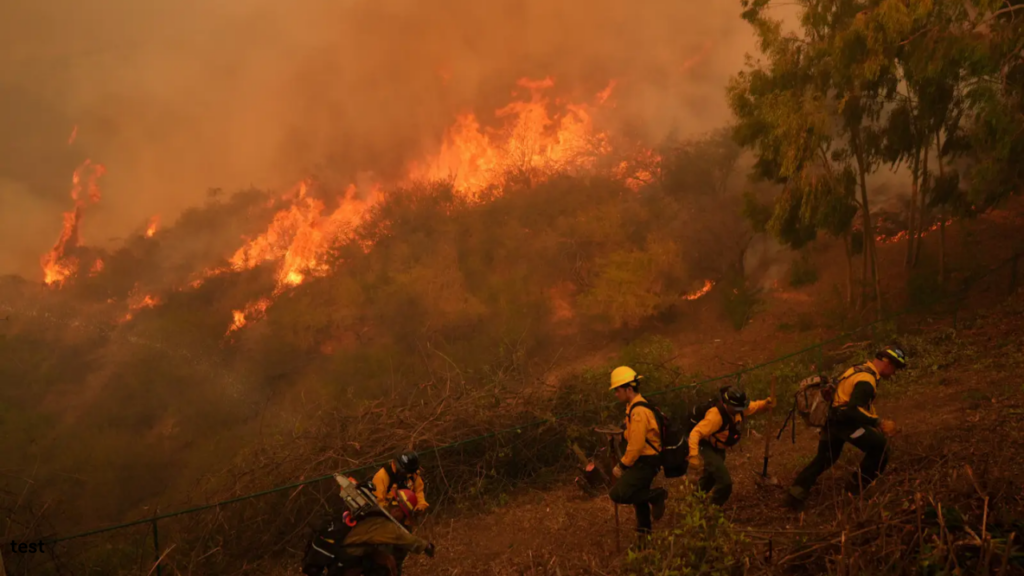
We need water and hoses to fight fires – and we need facts too
Despite the irrefutable evidence that climate change is the culprit, vested interests are trying, as they did during Black Summer, to muddy the waters and continue reaping their deadly profits, aided and abetted by some political parties, social media, and sections of traditional media peddling misinformation and outright lies. This finger pointing attempts to convince us that ‘now is not the time to talk about climate change’, but as ELCA said when we tried in vain to warn the Prime Minister of the looming fire disaster in 2019, ‘if not now, when?’. When the fires are burning, it is the most important time to inform communities about what is really happening.
When people are asking questions, they deserve to know the real answers. When lives and homes are being lost, it is more important than ever to share verified facts. The truth is: scientists have warned us for decades that climate pollution, from burning coal, oil and gas, will cause more deadly and dangerous extreme weather. Rolling disasters, with fewer reprieves in between, is our reality because the Earth’s atmosphere is warmer and far more energetic. The result is “climate whiplash”, with wild swings from dry and hot to wet and wild – as we saw when the Black Summer fires were extinguished by record-breaking flooding rains.
So, let’s keep talking about what we need to do today and every day: cut climate pollution further and faster before our kids’ futures go up in smoke.
Frequently Asked Questions
As former senior fire and emergency service leaders, ELCA members have been asked a range of questions about the California fires and what they mean for Australian communities.
Question: Is it normal to have fires like this in California at this time of year?
A: No! The wildfires are occurring in California’s winter, a time when fires of this type and magnitude have never been experienced before.
Gavin Newsom, the Governor of California, described LA’s fires as the worst disaster in the state’s history, and former CAL FIRE Chief Ken Pimlott said these fires eclipse anything he’s seen in 30 years of fighting fires: “Fires in January historically [have happened but] are rare. But the intensity of the fire, the intensity of the wind and the destruction we’re looking at right now … it’s certainly unlike anything I’ve seen in my career.”
Through the last century, the Southern California fire season would finish by October, sometimes early November. There have never before been such massive property losses as late as January. In 1993, the “Southern California Firestorm” burned about 1,200 homes, but those fires were all over by mid-November. Since then, despite great advances in firefighting resources and technologies, property losses have increased and fires have been getting bigger. Recently, 12,000 structures were destroyed in 2017, and in 2018 about 20,000 structured were destroyed and nearly 100 people died: most of those fires affected Northern California and were over by the end of November.
Question: Why is Southern California experiencing fires like this at this time of year?
A: Multiple extremes, many worsened by climate change, have combined to trigger this catastrophic disaster.
First, it is much warmer and drier in Southern California than normal and, globally, we have just experienced the hottest year on record.
Second, Southern California is experiencing severe drought. Usually, rains start to kick in from October and last until February, but it has scarcely rained since May 2024.
Third, as is the case in Australia, California’s fire season has been lengthening over the past two decades with some saying the concept of a fire season is meaningless because fires can now occur all year. There is ample data and information on this from science agencies like NASA, and firefighting organisations like CAL FIRE and the Western Fire Chiefs Association.
Last, the extreme Santa Ana winds resulted in the highest warning level being triggered ( a highly dangerous “Red Flag”, which equates to the upper limits of Australia’s “Catastrophic” rating).
Question: What is a Santa Ana wind?
A: Santa Ana means “devil wind”, and they are frightening.
These and Diablo winds in Northern California are katabatic (downslope) winds. In a nutshell, high pressure over the Great Basin Desert east of LA forms a gradient with low pressure over the Pacific coast south of LA causing air to flow in between the systems over mountain ranges that surround LA to the north and east. Already very dry from the desert, the winds lose more moisture as they push up over the mountains. The air then descends, compresses, and warms. It moves down mountainsides, and channels through canyons and valleys speeding up as it goes, like rapids in a river or water through a fire hose nozzle. By the time the winds reach LA, they can be very strong, hot and dry. Fires driven by Santa Ana winds can push intense fires downhill as well as uphill, something that few Australian firefighters have experienced.
Question: What kind of “fuel” is spreading these fires?
A: “Brush” is explosively flammable – imagine Australian coastal heath on steroids: thicker, higher, drier. Chaparral (an umbrella term for a variety of species), scrub oak, scotch thistle, and other species are literally made to burn because they need intense fire to regenerate. Add in the very steep slopes (much higher mountains than Kosciusko) heading down to the Pacific, and the many canyons and gulches that funnel and amplify winds, the result is extreme fire behaviour, extreme rates of spread, and short distance “spotting” (new fires caused by embers blown up to 3km ahead of the main fires).
On top of this, there are also a lot of imported wild eucalypts (eg Tasmanian blue gums) in Southern California, and this leads to even longer distance spotting.
Question: Does much hazard reduction burning happen in Southern California?
A: Like in Australia, fire and land management agencies in the USA recognise that fuel reduction efforts are the most effective large-scale fire mitigation tool available. But also like in Australia, climate change is narrowing opportunities to carry out prescribed burning. For example in NSW for the last 3 years only a fraction of scheduled burning has taken place because it has simply been too wet to burn. This has also been the case in California with wetter conditions over recent years. The wetter conditions are a double-edged sword – while reducing the risk of large bushfires, they also promote prolific growth of vegetation that eventually dries out and becomes fire fuel.
In California, there is the added complication that stripping hillsides of vegetation often results in landslides when the rains come, a regular occurrence after major bushfires there. Because of the hot, dry climate they also have to be careful not to deplete seed stocks in the soil by regular burning outside natural cycles, as this can lead to desertification and loss of habitats.
Question: Why did some water hydrants fail?
A: Reticulated water systems are built for domestic and moderate firefighting uses, not designed to cope with hundreds of fire engines (which can pump 1,000-1,500 gallons per minute each) simultaneously hooking up at the same time as hundreds of residents use garden hoses and sprinklers. Further, as homes start to burn and collapse, their water pipes melt, rupture, and water pours out. This rapidly drains water from higher elevations meaning water supplies can suddenly fail when firefighters try to access hydrants in mountainous areas.
Water flows downhill in mountainous areas, and reservoirs are therefore built at lower elevations where they collect water from creeks and water runoff. Stored water then has to be pumped from low elevations up to tanks high in the mountains to ensure good water pressure. These tanks quickly drain due to all of the outputs indicated above. The ground level pumps simply can’t replace water at the speed and volume that it is used during a major fire.
This happens throughout the world whenever there is a major fire near an urban area, and is also common in Australia. Poor access to water was a common occurrence during the worst days of Black Summer, for example at Batemans Bay in NSW on New Years Eve 2019.
Question: Why weren’t any aerial water bombers available when the fires were at their worst?
A: Aerial water bombers had to be grounded due to extreme winds that made it too dangerous to fly. With winds gusting to 160km/h, aircraft could not safely take off, land or fly. Even if they had tried to drop their retardant and water loads in those winds, it would not have reached the ground where it was needed.
This is another known impact of extreme winds driven by climate change: when they are most needed, aerial firefighting assets cannot be used. A recent study found that wind velocities in Southern California can be up to 20% higher than last century as a direct result of climate change
Question: Why did so many homes burn in suburban areas?
A: House to house ignition, and ember attack fed by hurricane force winds, caused fires to burn a long way from bushland. The transition, from brush fires to urban conflagration, has also recently happened in Maui, Hawaii and Colorado due to intense winds. We have experienced this in Australia as well: in Canberra in 2003, extreme winds formed a fire tornado (the first ever recorded worldwide), on Black Saturday in 2009 when 173 people died, and at various times during Black Summer (including when Mallacoota in Gippsland had to be evacuated by sea).
Much of the building stock in Southern California is of lightweight construction, due to earthquake risk (lighter materials flex during earthquakes and are less prone to collapse). This means homes burn intensely and lose their structural integrity quickly, releasing intense heat and feeding large flames that can set fire to adjoining homes, a problem exacerbated if homes are built very close together.
Question: Are Australian firefighters likely to be deployed?
A: Probably not, except potentially if large firefighting aircraft or Incident Management experts are needed in coming weeks. California has a massive firefighting resource base, and adjoining states have sent hundreds of fire trucks to assist.
Mexico and Canada have also sent firefighters, meaning it is unlikely there will be further calls for help. If there are, the calls are unlikely to be to countries in the southern hemisphere: we are in the midst of our own fire season and authorities in both countries are acutely aware of this. Once the winds die down, the fires will be less intense and fast-moving, and therefore easier to contain.
Question: Could there be more fires in Los Angeles?
A: Unfortunately yes. Because it’s critically dry, all that is needed is another Santa Ana wind event for existing fires to spread and new fires to start. There are about 10-20 of these wild wind events each year.
Santa Anas during dry conditions can result in ignitions because falling trees bring down powerlines, sparks from truck exhausts and discarded cigarettes can easily start fires due to plentiful oxygen and very low humidity which makes vegetation critically dry and highly flammable.
Question: What can we do to prevent more devastating fires?
Climate pollution, from the burning of coal, oil and gas is driving warming and longer, more intense and overlapping fire seasons in California and Australia. We need to cut climate pollution as quickly as we can, everywhere we can.
The 2020 Royal Commission into National Natural Disaster Arrangements explained the link between climate change and escalating natural disasters, stating that due to emissions already in the atmosphere, there will be continued warming until mid-century. What happens after that though is entirely dependent on measures we take now to make deep cuts to climate pollution.
It’s critical that our political decision makers lead the way when it comes to slashing climate pollution, but we can all do our part and keep all of our elected representatives accountable. Right now, we need to be hearing from more leaders who are not only willing to speak up about climate pollution driving disaster risks, but also to act. We cannot afford vague promises of eventual action, such as expensive nuclear energy decades from now. The time to act is today. Finally, no matter who we are, and where we live, we’re all at risk of worsening extreme weather. But there are many things we can do to get prepared, and keep our own homes, families and communities safer. State and territory fire and emergency services have a wealth of information available for householders and communities (e.g. NSW RFS Bushfire Survival Plan), and we should all act now to develop our own disaster plans, download warning apps, understand fire danger ratings, and know what we will do during a developing disaster.

